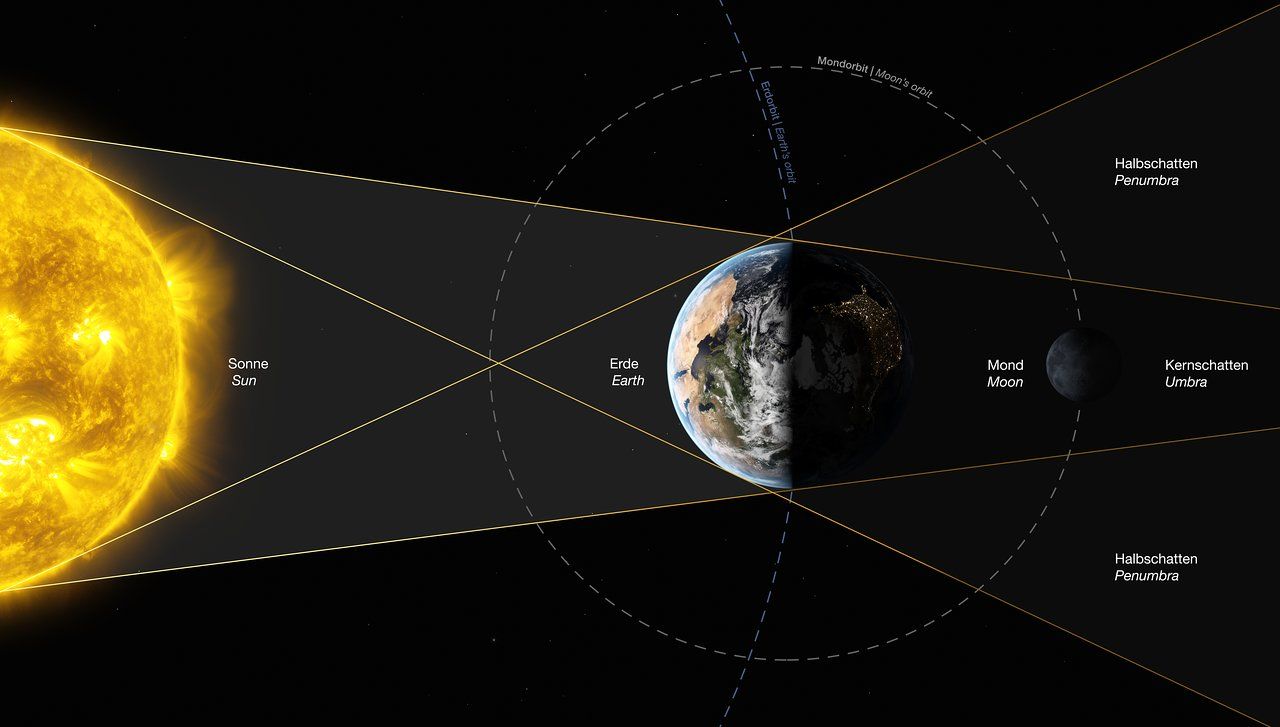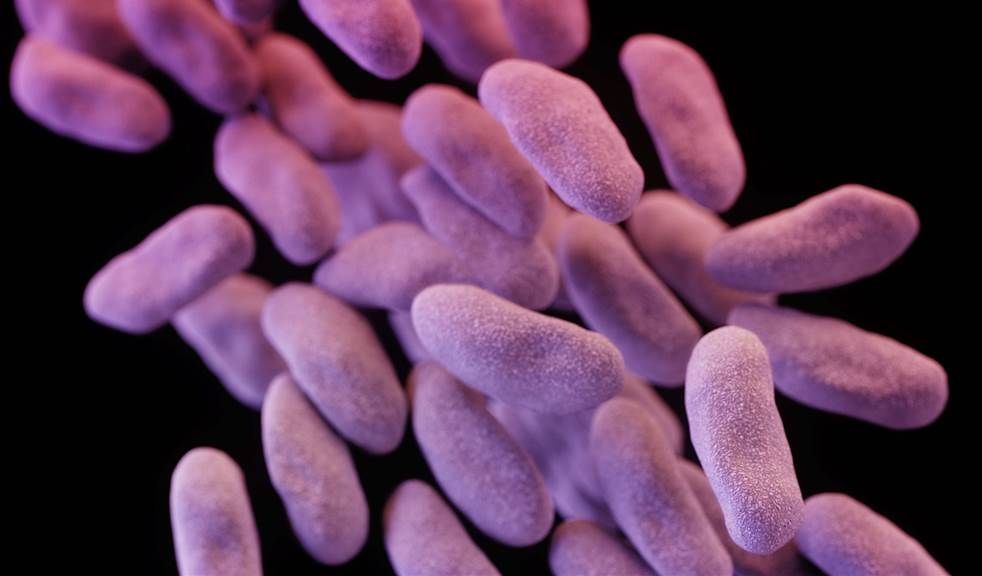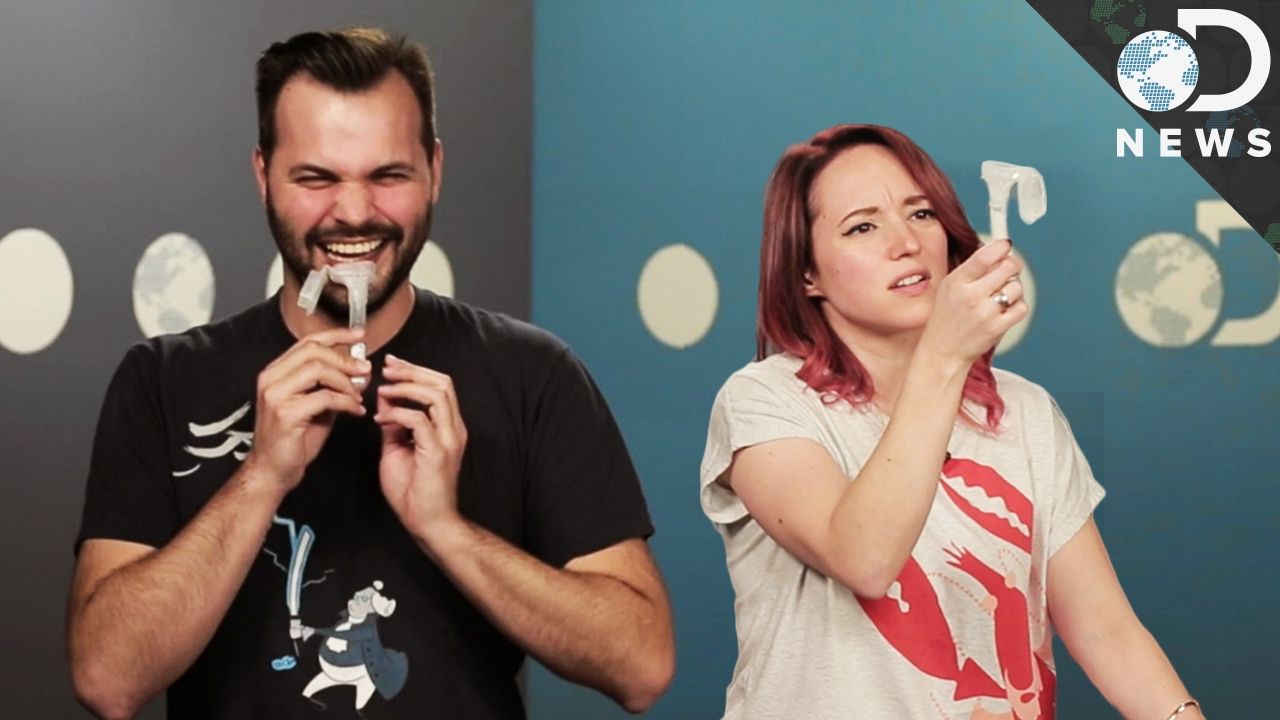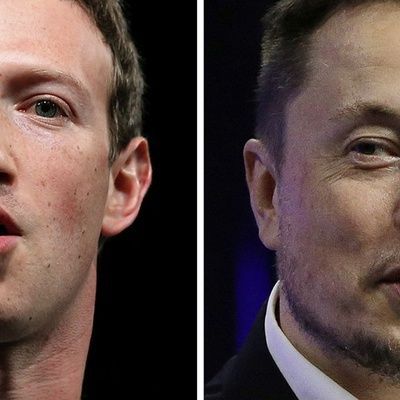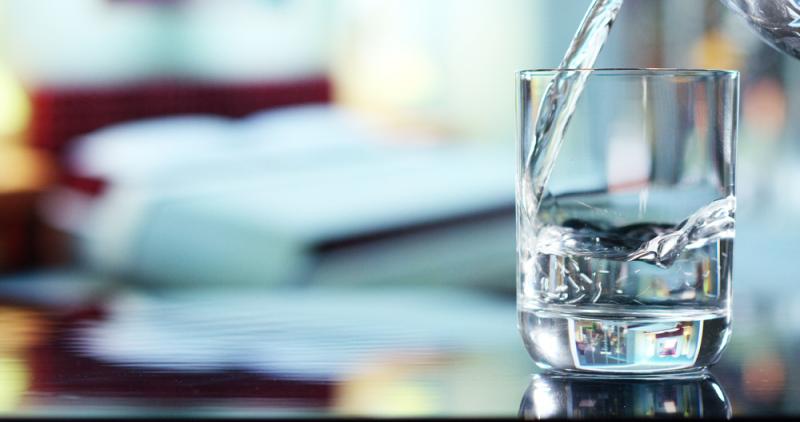This graphic is perhaps more complex than first meets the eye. The Sun glows hot to the left, illuminating the Earth’s surface. The side facing away from the Sun is cast in deep shadow, and the man-made lights of cities are visible. The darkest patch of shadow, where the Earth blocks all the Sun’s light, is called the umbra. The lighter slivers of shadow either side of the umbra, which are not in total darkness, is the penumbra. Needless to say, this is not to scale!
This graphic will form part of the “The Living Universe” exhibition, to be displayed at the ESO Supernova, opening in spring 2018.
